Six things you need to know before painting a room off-white — and five beautiful tints to consider
Trying to choose a neutral? You’ll be presented with a sea of confusing choices. Amelia Thorpe asks leading colour experts for advice on plotting a course.
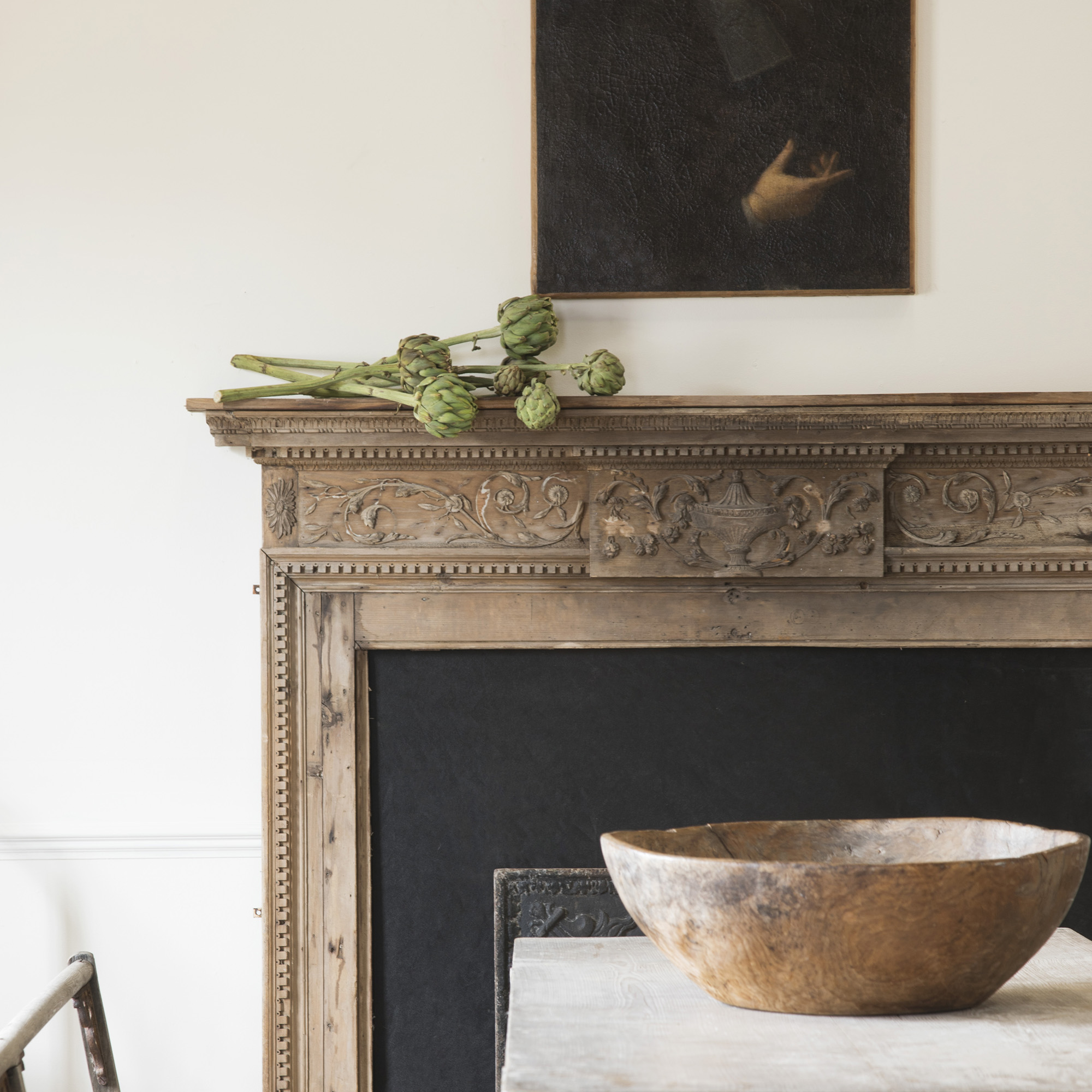
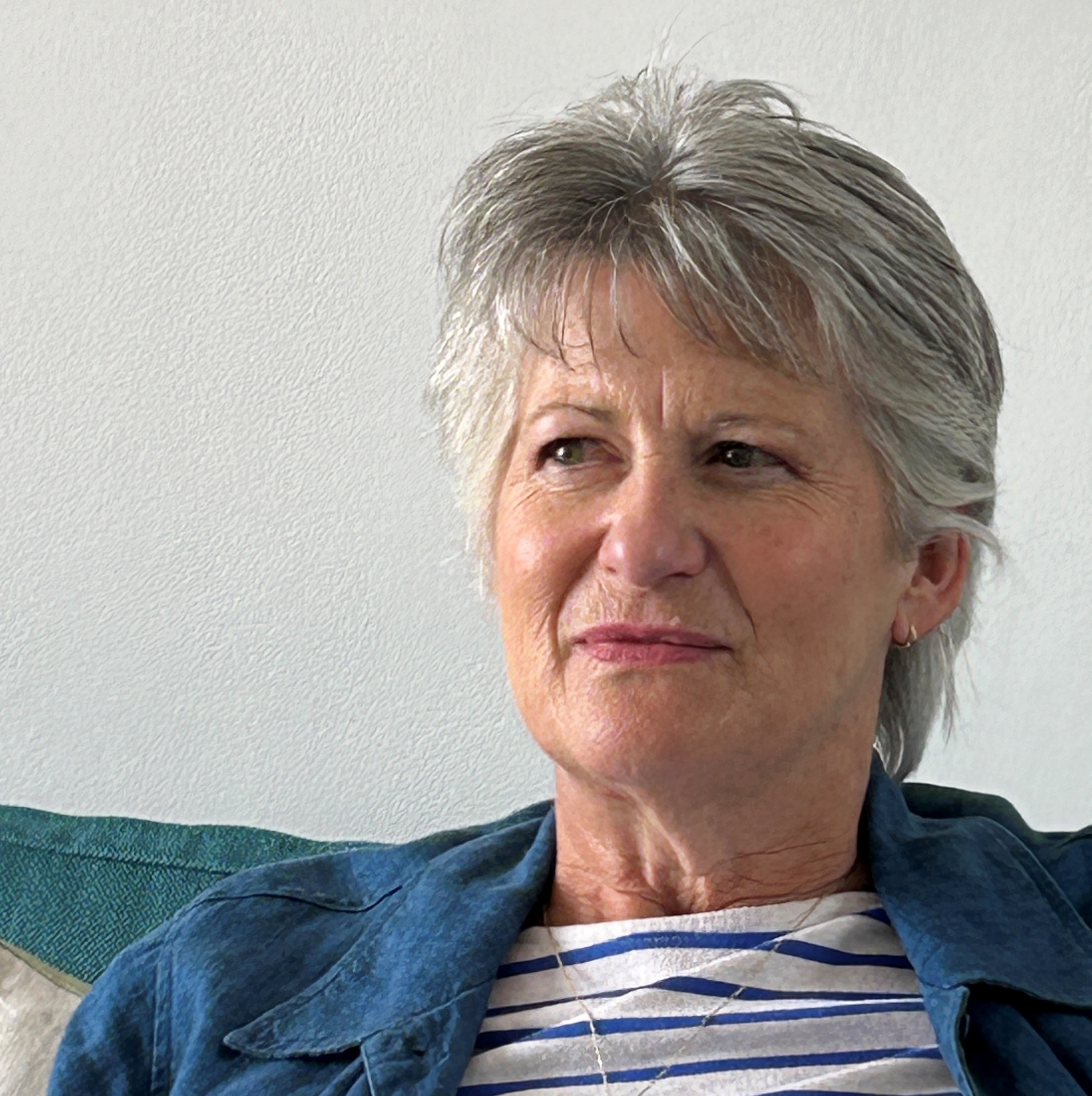
If there’s one desire that has driven the evolution of interior design over the past decade or so, it’s a wish to create both physical and visual comfort. It was, perhaps, a reaction to the sensory deprivation of Minimalism and, for many, the solution has been offered by plentiful upholstery, cushions, throws, nostalgic prints, deeper colours and a palette of neutrals, as well as creamy whites.
However, there are so many types of neutrals and whites that it can be difficult to know where to start. In many ways, it’s easier to pick a bold hue, because reactions are usually strong — a case of love it or hate it — whereas the subtleties of neutrals are not so easy.
Think about the light in the room
‘Off whites and neutrals can be tricky, because lighting conditions and other influences on site affect them so much,’ says historic-paint consultant Patrick Baty.
‘It is all too easy to choose an off-white with an undertone that only becomes apparent when it is on the wall.’
In his Papers and Paints shop in Chelsea, customers are often shown nine popular whites divided into neutral, warm and grey, but he still says it’s essential to try a large patch on site.
Don’t write off bright or earthy tones in off-white
‘People often think they want to avoid yellow, but ochre pigments can produce a warm, soothing white,’ says Patrick Baty of his perennially popular Quiet White.
Interior designer and paint expert Edward Bulmer agrees: ‘The best off-whites are tinted with earth pigments — yellow ochre, red ochre, raw umber — and a little black. These will have a little warmth and a bit of hue, ranging from yellow to red through green and grey.'
Sign up for the Country Life Newsletter
Exquisite houses, the beauty of Nature, and how to get the most from your life, straight to your inbox.
The room’s fittings will have a big impact
‘What works best is determined by “uncoloured” elements in the room, such as stone or wood, and what weight of colour the room calls for,’ says Edward Bulmer. ‘Some off-whites look too bright against deep colours or old furnishings and others look too muddy for a modern aesthetic.’
Think about how you’ll be using the room
Another way of tackling the conundrum comes from Cassandra Ellis, of Atelier Ellis. ‘Start by thinking about how you want your room to feel,’ she says. ‘If it’s warm and bright, then I recommend a white or neutral that has a sunny disposition, with a yellow ochre base. If it’s sophisticated and quiet, then something with perhaps umber and blue pigments.’ Atelier Ellis Warm White falls into the first camp, Quiet Grey into the second.
Don’t automatically put white paint on the ceiling
Avoid painting the ceiling in the trade favourite, brilliant white, notes Ruth Mottershead, of Little Greene and Paint & Paper Library. ‘As you enter the room, your eye is almost immediately drawn to the ceiling due to the strength and brightness of the shade,’ she explains.
Instead, Miss Mottershead recommends selecting an off-white, such as crisp and clean Shirting, the brightest white in the Little Greene palette, but still soft in comparison with brilliant white, or a warm white, perhaps China Clay or Slaked Lime.
Add the splashes of colour and character with everything else in the room
The glory of such soft shades is that they can be used to make an elegant backdrop, serving as a simple base upon which to add character, as designer Susie Watson suggests: ‘Be generous with texture, pattern and bright accessories to add depth and warmth to rooms painted in a neutral colour.’
To finish up, our friendly paint experts each picked out a particular favourite from their own ranges:
Cotta by Atelier Ellis

‘Cotta is not pink, nor sand, nor grey — simply incredibly human in tone and soothing in nature. It suits every room and is particularly good in bedrooms and bathrooms’ — Cassandra Ellis, founder, Atelier Ellis
£54 for 2.5 litres — www.atelierellis.co.uk
Milk White by Edward Bulmer

‘Milk White, because it is an off-white that has some weight, combining all the earth pigments in balance with a hint of black for some greyness’ — Edward Bulmer, interior designer, architectural historian and founder of Edward Bulmer Paint
£55 for 2.5 litres — www.edwardbulmerpaint.co.uk
Minim by Paint and Paper Library

‘Minim is a white with a soft, warm grey base. Without blue, red or yellow, it is extremely neutral and can be used in most interior spaces’ — Ruth Mottershead, marketing director, Little Greene and Paint & Paper Library
£56.50 for 2.5 litres — www.paintandpaperlibrary.com
SC292 by Papers and Paints

‘SC292 is an 18th-century stone colour that is equally effective in a contemporary context. We use it inside and outside our shop and have never tired of it’ — Patrick Baty, historical paint consultant and co-owner of Papers and Paints
Around £50 for 2.5 litres — www.papersandpaints.co.uk
Ivory by Susie Watson

‘Our Ivory paint is a beautiful white with a gentle pink undertone’ — Susie Watson, founder, Susie Watson Designs
£45 for 2.5 litres — www.susiewatsondesigns.co.uk
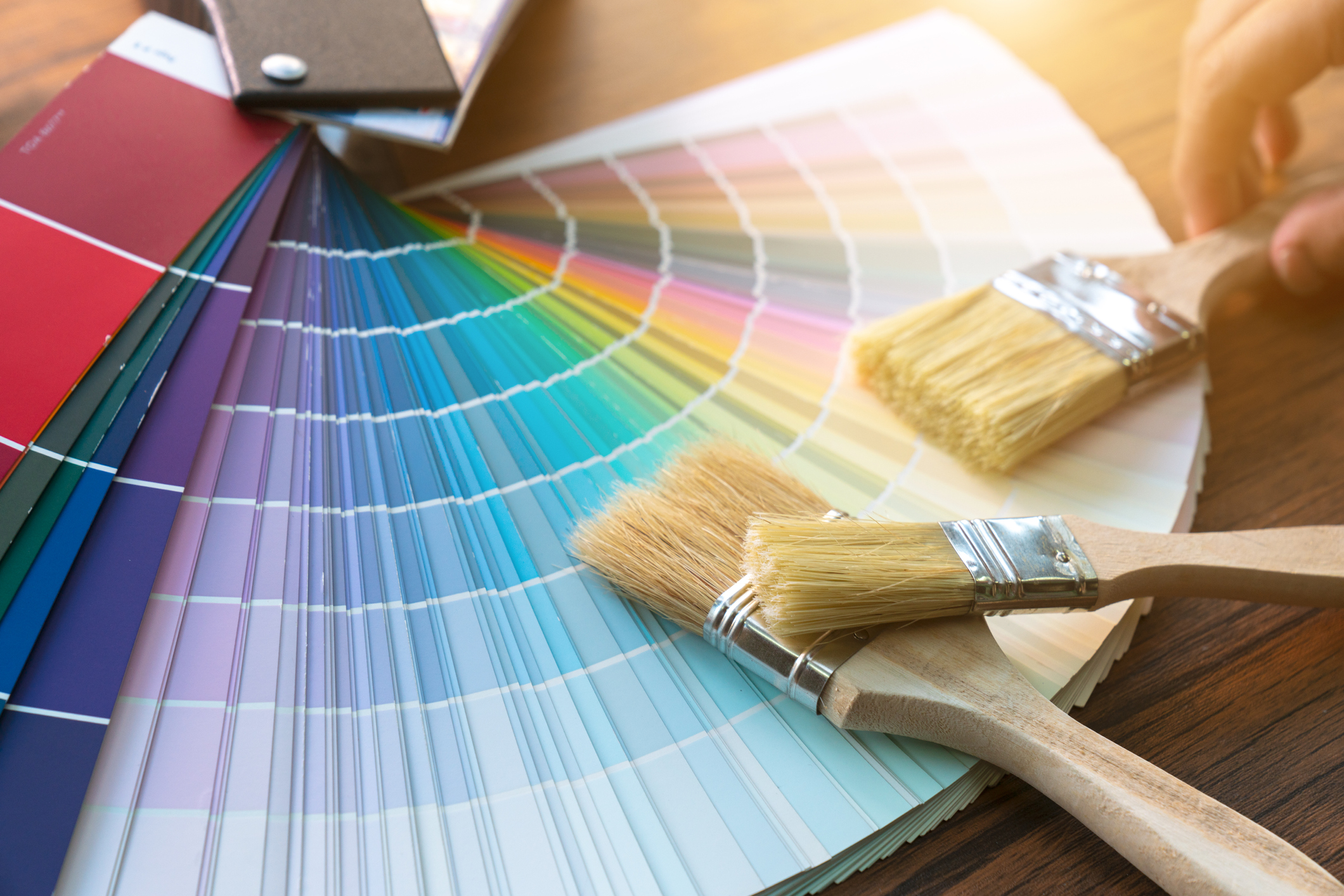
Credit: Getty
Britain's best interior designers on the paint colours you just can't go wrong with
People across the country are using their time to decorate, and with the big companies still running delivery services you're likely
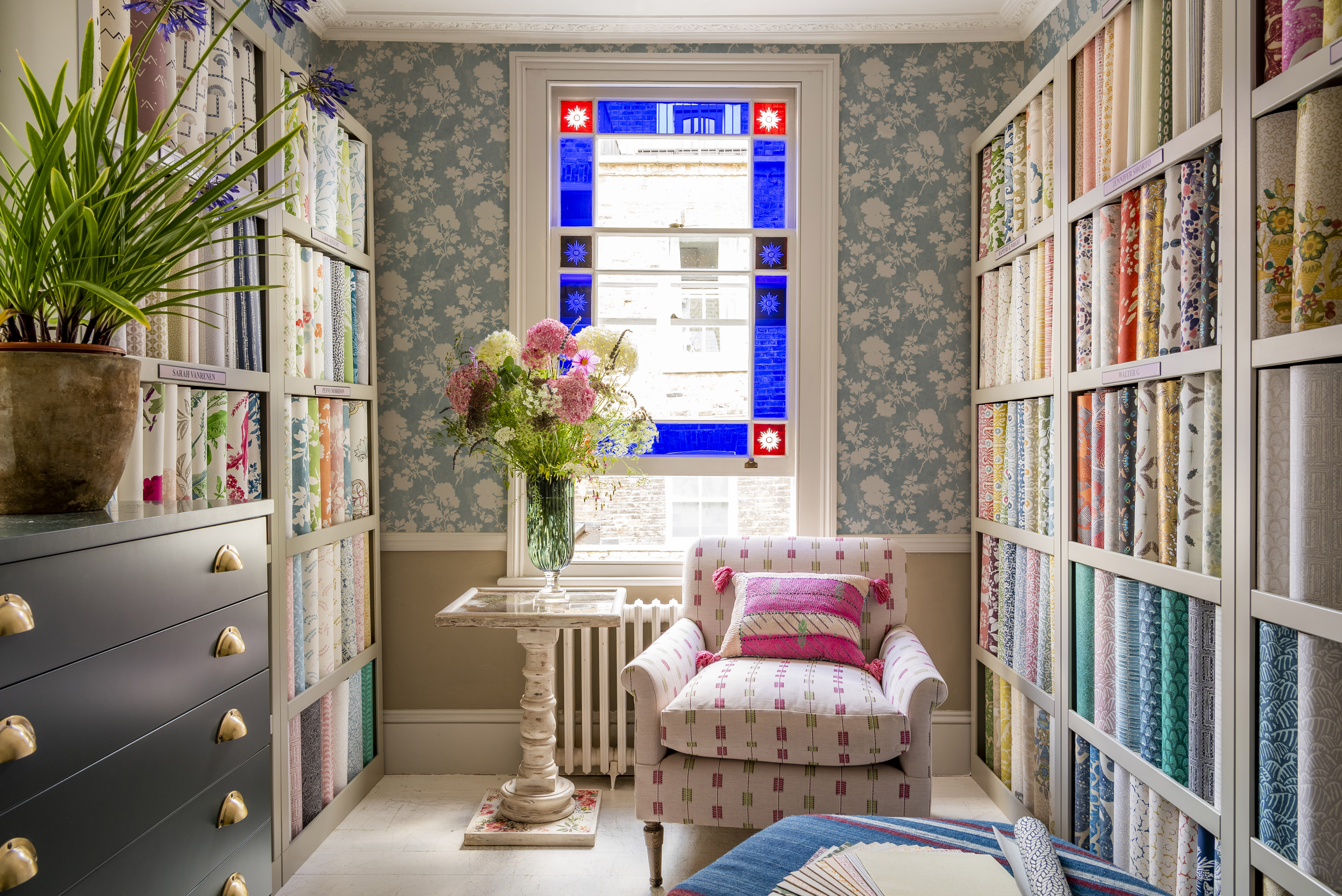
Credit: The Fabric Collective
Transforming a space with paints and wallpapers, from natural hues to velvety bold colours
Amelia Thorpe rounds up the latest wallpapers and paint colours.
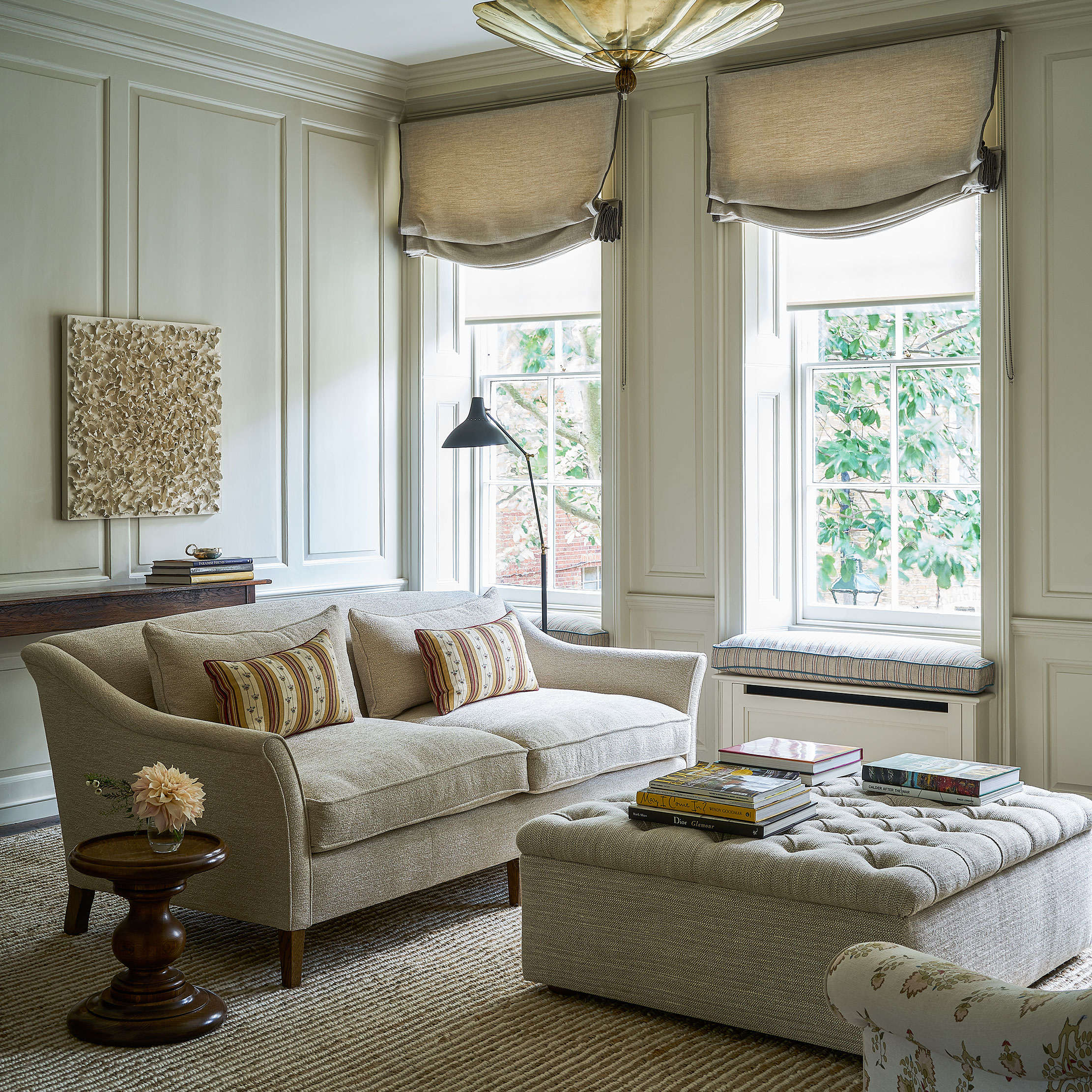
Credit: Susie Atkinson
The transformation of a sitting room with just the right touch needed in a grand, Grade II*-listed townhouse
Susie Atkinson has taken a sympathetic approach to the interior of a Queen Anne townhouse in London. Arabella Youens explains

Credit: www.100handpicked.co.uk
Beyond Pinterest: The best ways to ensure your lovely objects aren't exactly the same as everyone else's
Giles Kime asks whether the the ‘digital pop up’ the answer to the homogeneous home.
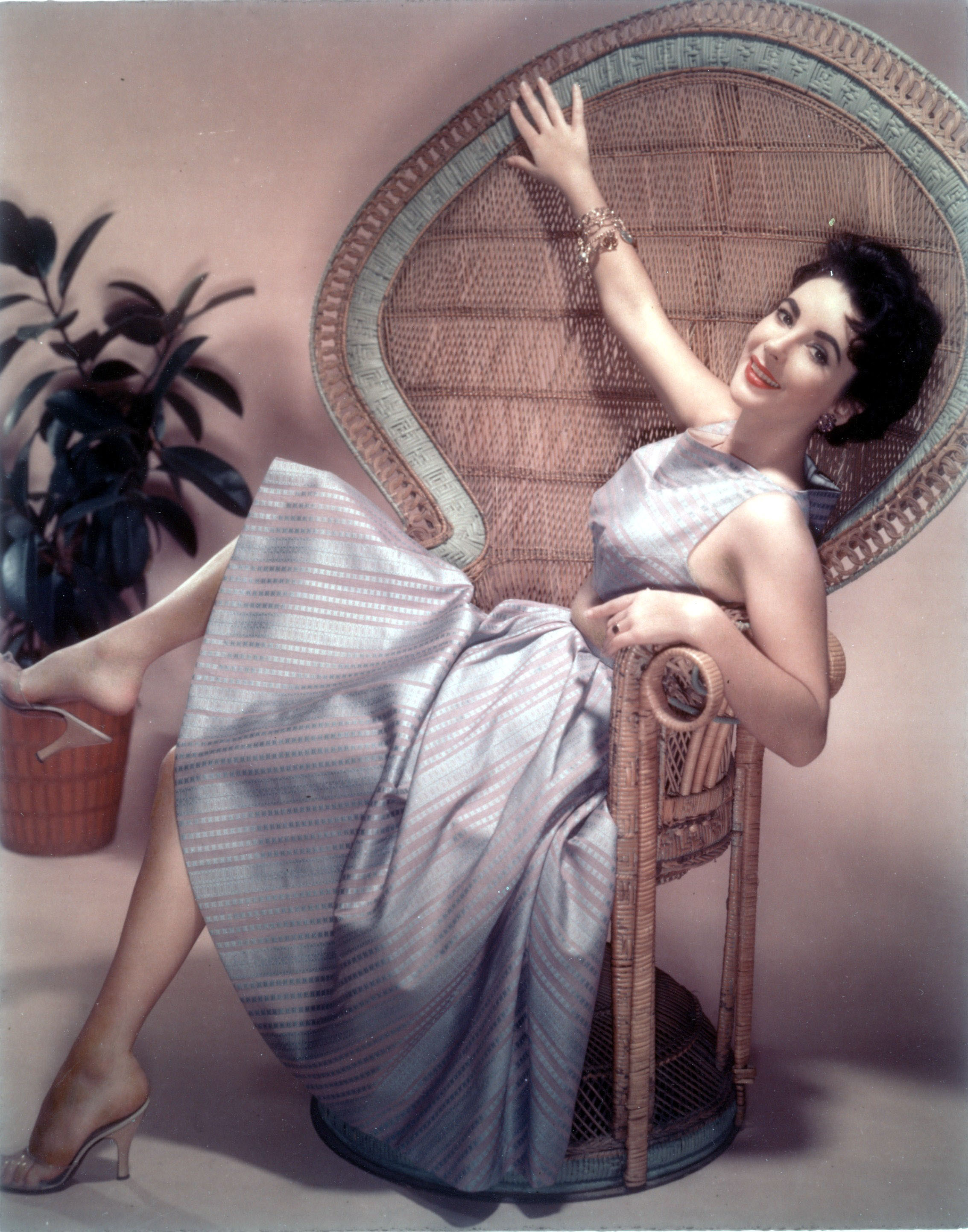
The special magic of rattan, the furniture which almost forces you to recline languorously and have fun
A new book extols the virtues of rattan — and Giles Kime is absolutely sold.
A version of this article appeared in Country Life in 2021
Amelia Thorpe is a design and interiors journalist and regular contributor to Country Life. She spent the first half of her career book publishing, before jumping the fence to become a writer — a role that she adores. Amelia lives in London with her husband and two roguish dogs.
-
 Kingswood School
Kingswood SchoolKingswood School is an independent, co-educational school in Bath where intellectual rigour, creativity, and compassion thrive.
By Country Life
-
 Vintage tractors and memories of summers past, with Oliver Godfrey
Vintage tractors and memories of summers past, with Oliver GodfreyOliver Godfrey, head of machinery at Cheffins, joins the Country Life podcast to talk about the joys of vintage tractors
By James Fisher